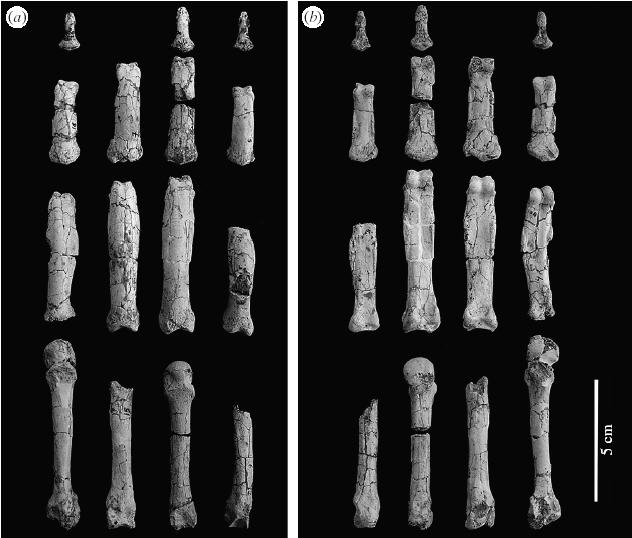Even small fossils, such as bones from the hand or foot can tell us much about our ancestor’s and their behavior. Such may be the case with an ape that lived more than nine million years ago.
A study published in the latest journal issue of Proceedings of the Royal Society B: Biological Sciences reports on the structure of the hand of Hispanopithecus, a critically important fossil from an ape that lived during the late Miocene of Spain.
Ape hands are typically viewed as a compromise between the ‘true hands’ of humans and the ‘foot-hands’ of other primates. There are carpal and metacarpal differences, among other things, and significant differences in proportions.

But the larger issue has always been the question the features of Hispanopithecus are homologous between orang-utans and African apes - inherited from a common great ape ancestor - or are homoplastic, arisen independent in each of these groups.
While the authors ponder that the fossil may be from a direct ancestor of living great apes (especially the orang-utan), Dr. C. Owen Lovejoy, Kent State University Professor of Anthropology, suggests another possibility in his comment on the article published in the same issue.
A preeminent biological anthropologist in the study of human origins, Lovejoy suggests that the fossil may belong to an extinct ape with its own unique locomotor behavior—a special adaptation and unique form of locomtion that left no modern descendants.






Comments